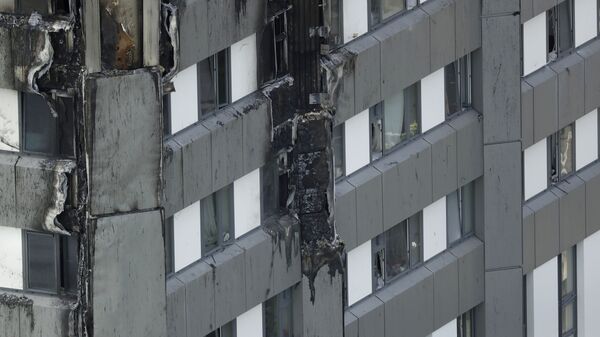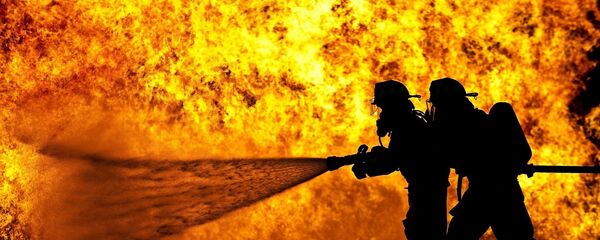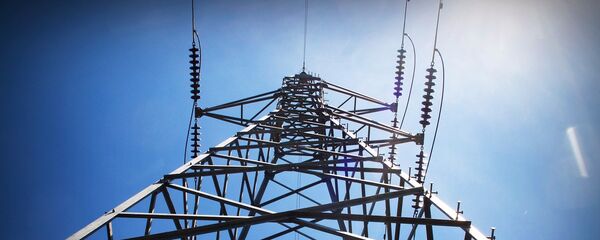Norwegian Fire Protection Association CEO Rolf Søtorp, who took part in a recent panel conference on the causes of the Grenfell Tower fire, told the Norwegian daily Aftenposten that the type of polystyrene boards with which the 24-storey high-rise was plated three or four years ago, was also common in Norway, yet with no statistics available. Typically, this kind of solution is used when refurbishing blocks of flats from the 1970s and 80s.
The Oslo Fire and Rescue Service reported that plastic boards tend to be used more than before.
"It is not forbidden to use flammable insulation, but it requires special knowledge to make it fireproof. It may be particularly important to be aware of this when performing façade rehabilitation and insulation of buildings," fire inspector Frode Michaelsen wrote Aftenposten in an email.
"We see solutions using combustible materials, which are naturally much more vulnerable, compared to the non-combustible ones and can contribute to the rapid spread of fire and smoke."
According to Anne Steen-Hansen of RISE Fire Research laboratory it is best to avoid allowing a fire that started inside an apartment to spread out of windows and upward on the façade.
Norway has previously experienced fires that had spread on the outside of buildings. In 2006, a flowerbed self-ignited on a balcony, turning Vik Square in Hole Municipality into ashes. Following heavy criticism, Norwegian fire regulations were significantly tightened, as reports indicated deviations from construction regulations and inadequacies in evacuation plans.






